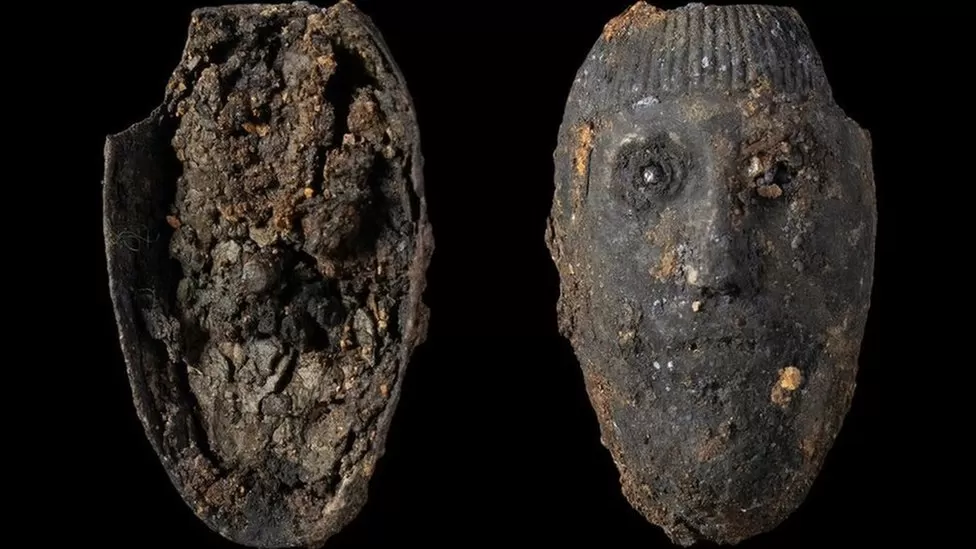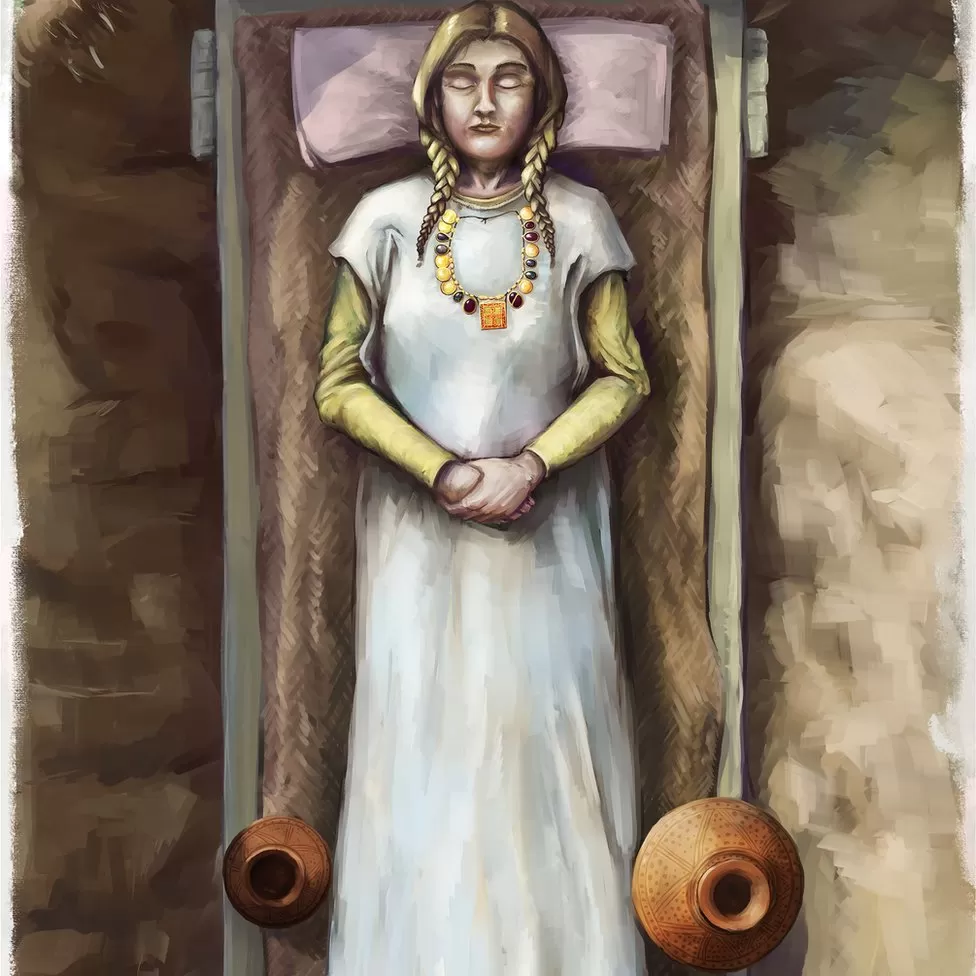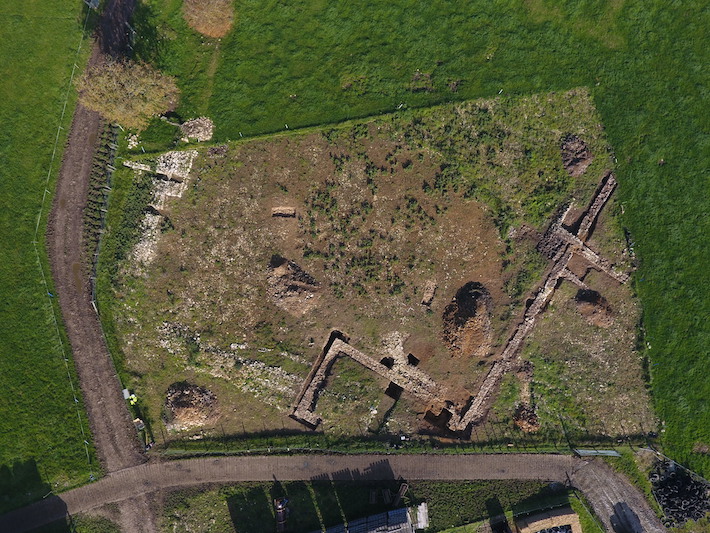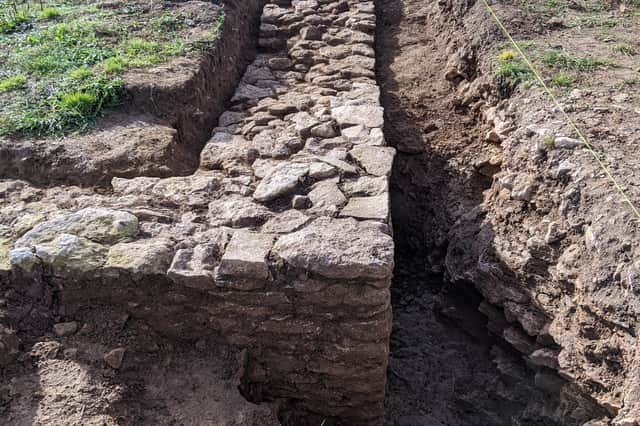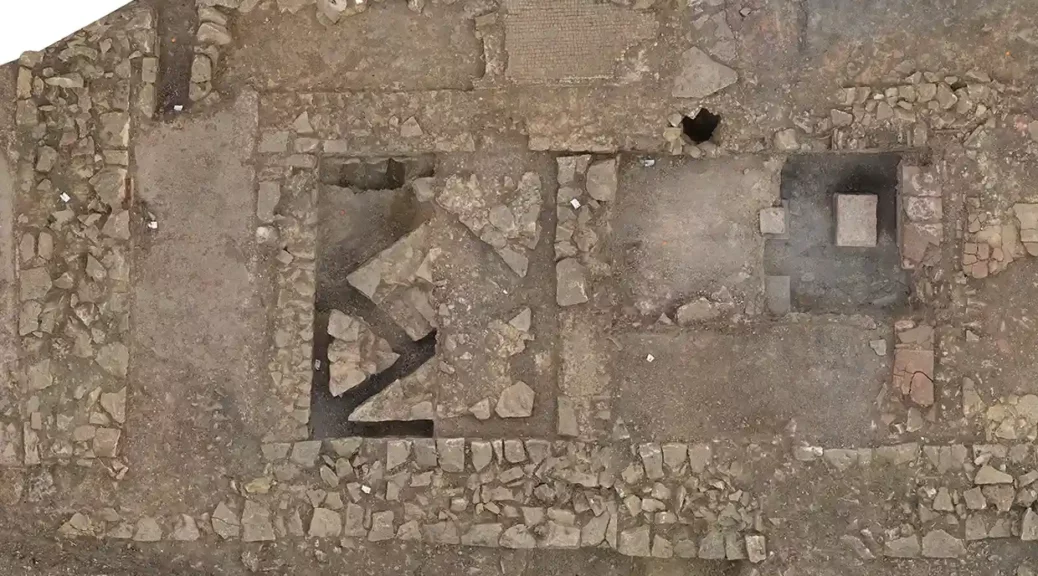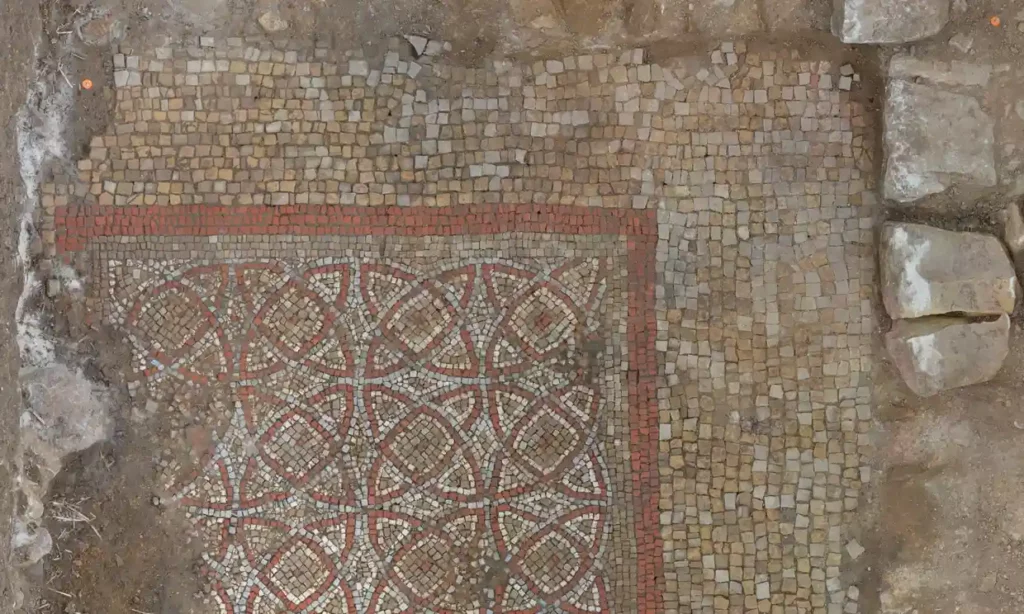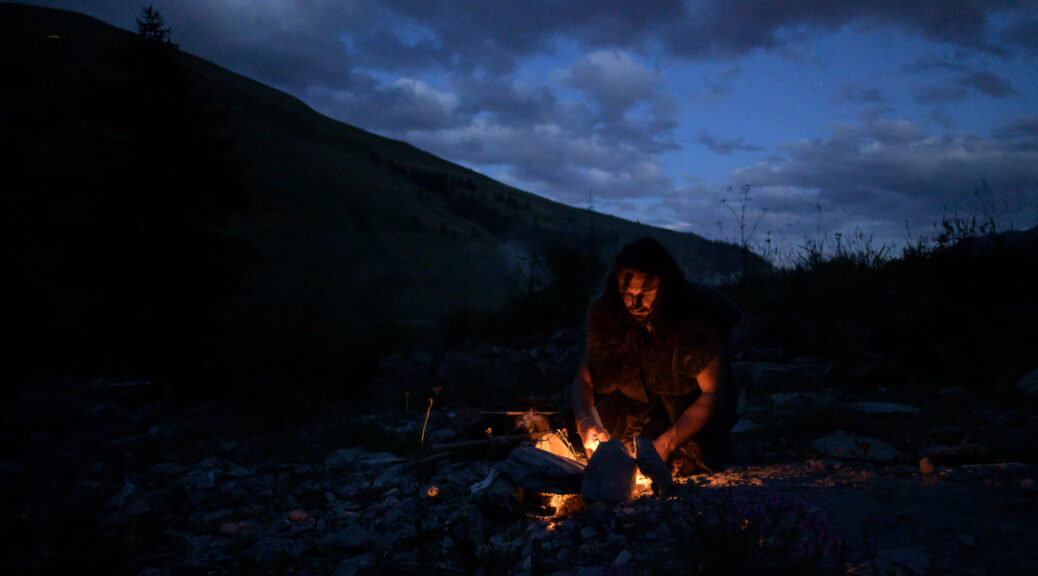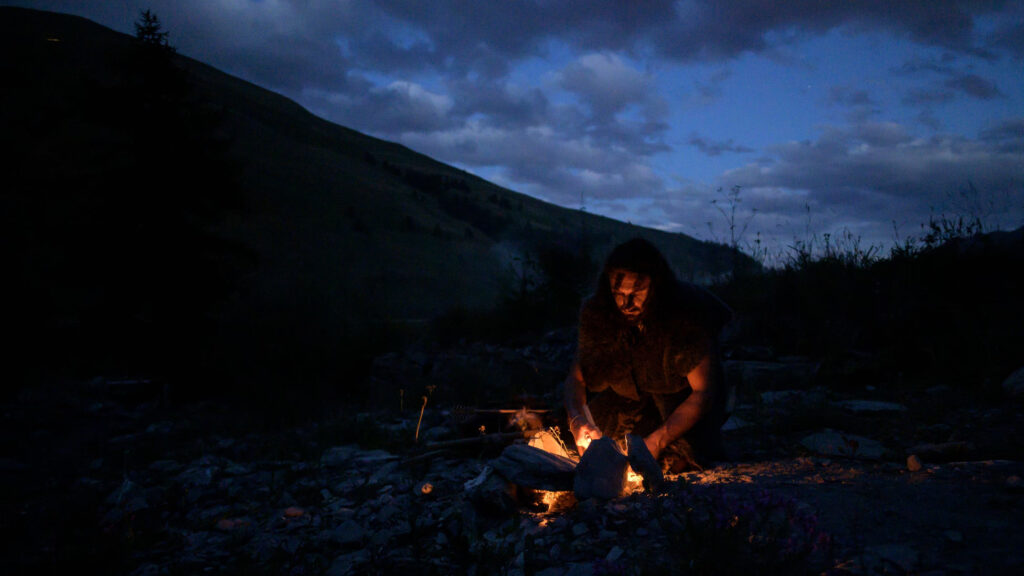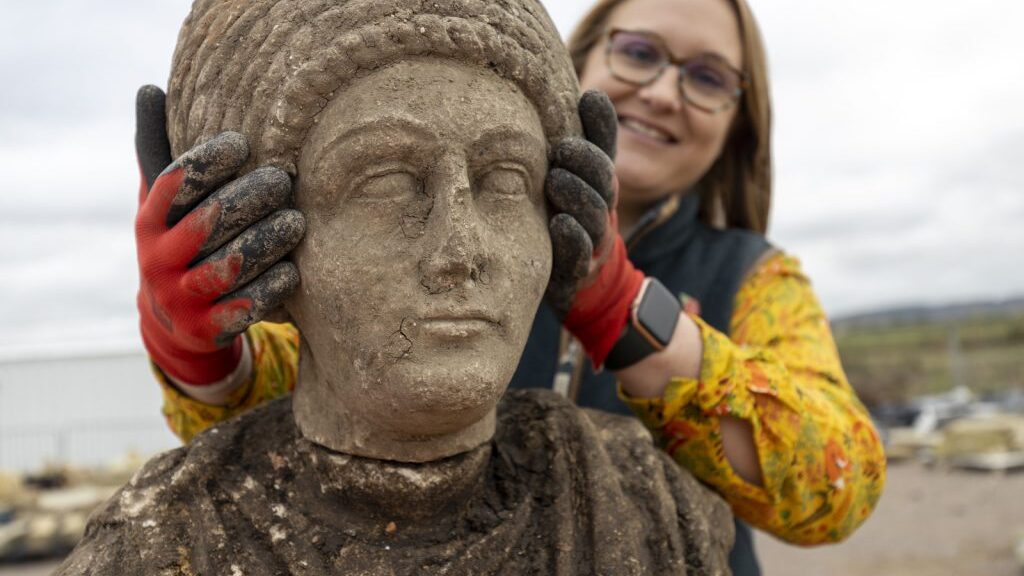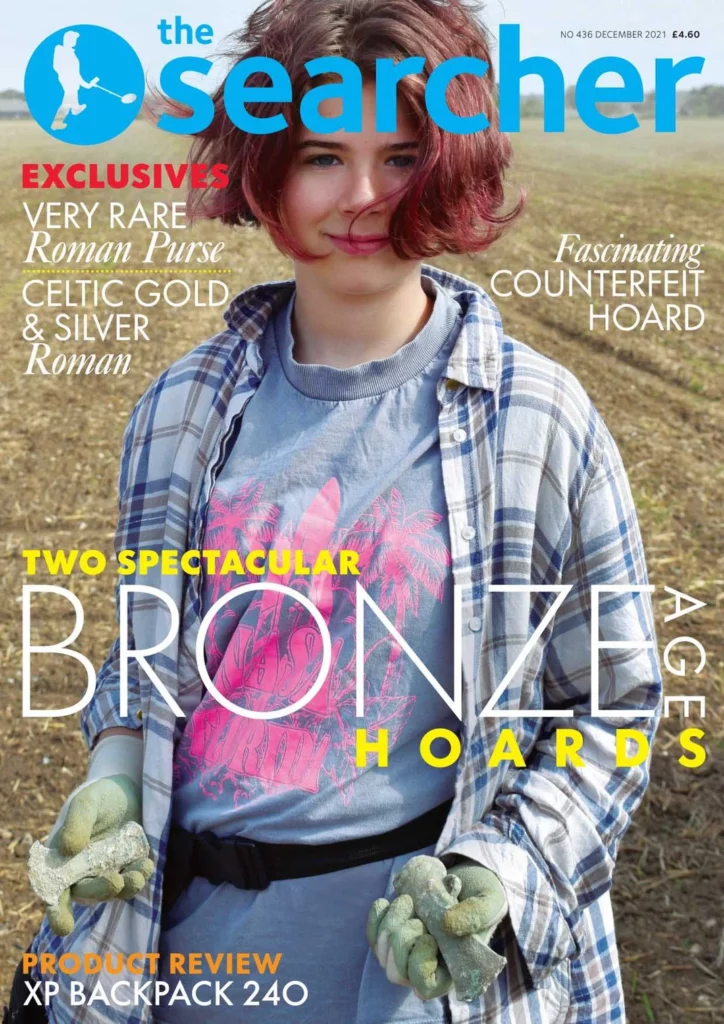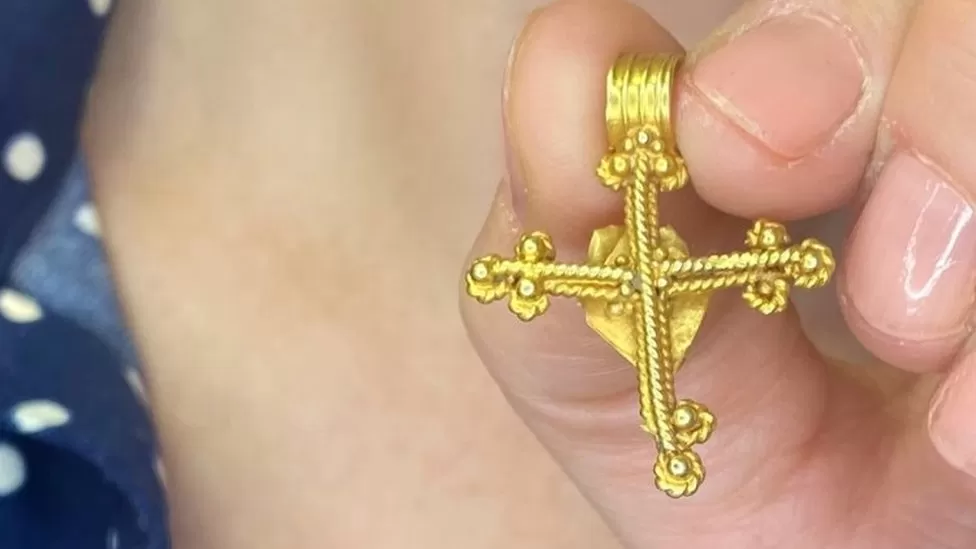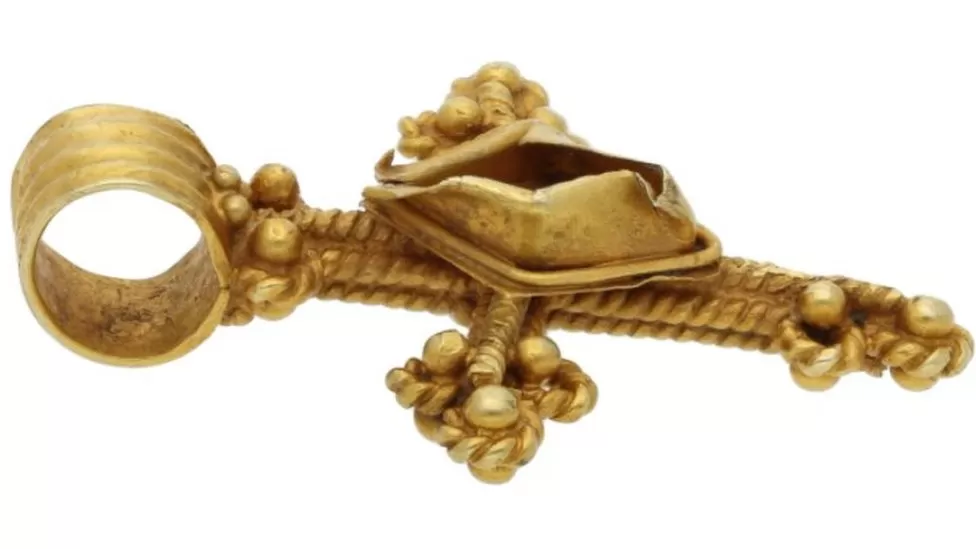4,000-Year-Old Toolkit Found Near Stonehenge Was Used for Goldwork, New Study Finds
Archaeologists determined that an ancient toolkit found near Stonehenge was used to make a variety of gold objects.

According to new research published in the journal Antiquity, microscopic residue on the surface of the tools is ancient gold, revealing these stone-and-copper-alloy items were used as hammers and anvils, and to smooth the objects being crafted.
“This is a really exciting finding for our project,” said Rachel Crellin, lead author and archaeologist at the University of Leicester, in a statement. “What our work has revealed is the humble stone toolkit that was used to make gold objects thousands of years ago.”
Originally excavated in 1801, the toolkit was found in the Upton Lovell G2a burial which is thought to date to the Bronze Age, around 1850–1700 BCE. Marked by an earthen mound near Stonehenge, initial investigations revealed two individuals and a wide assortment of grave goods.

One figure was placed sitting upright, with her head close to the top of the barrow, and buried with a fine shale arm ring and a necklace of polished shale beads. The other figure was wearing a ceremonial cloak, with pierced bone points as a necklace, thought to be a specialized costume.
Early speculation referred to the cloaked figure as a ‘Shaman’ who had special ritual significance, or an important and skilled craftsman. Now, researchers have discovered that the toolkit was used to make objects in which a core material—like jet, shale, amber, wood, or copper—was covered and decorated with a layer of gold sheet.
Processes in which the objects are thought to have been used involve making rib-and-furrow decorations, producing perforations, fitting the core object with the sheet-gold, and smoothing and polishing the finished objects.
Some of the tools were already ancient, making them thousands of years old by the time they were reused. There was even a complete battle axe, which was repurposed for metalworking.
“Such battle axes were far from the only smooth stones that could have been selected for these purposes,” the paper explains. “In intentionally repurposing these objects, their histories rubbed off on the materials they worked.”
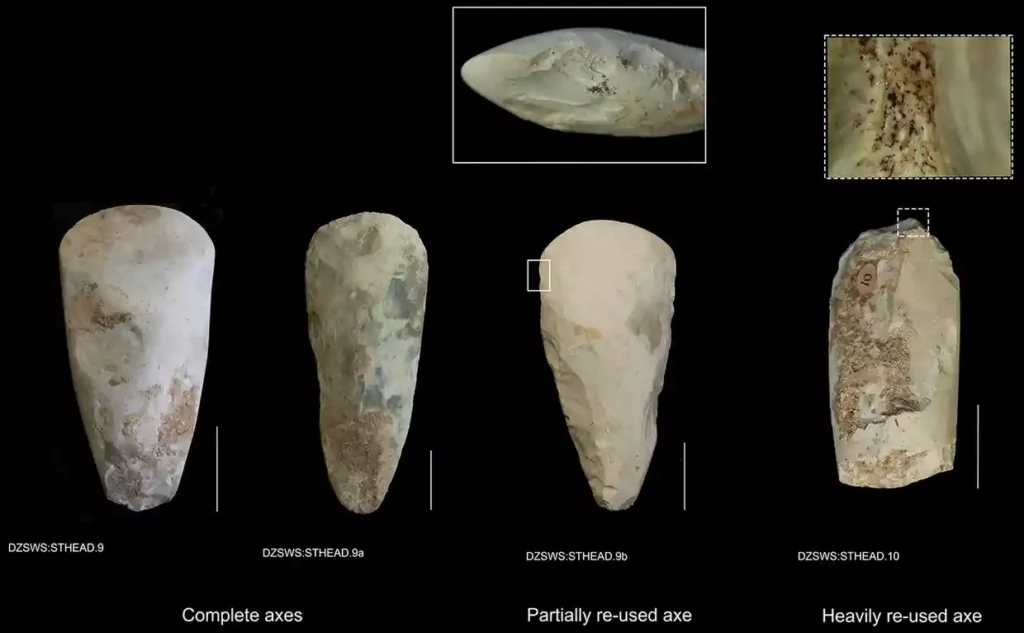
Researchers used a scanning electron microscope as well as an energy dispersive spectrometer to confirm their findings. The gold residue is present on five artifacts, where they found gold flecks on the surface as well as characteristic wear traces from the goldworking process.
The team additionally suggest that the bone points from the ‘shaman’s costume’ could have been used for goldworking.
“By exploring the use of materials through a technique called microwear analysis, that determines microscopic marks on objects, [we can] better understand how they were made and used,” said Oliver Harris, coauthor and University of Leicester archaeologist, in an email to ARTnews. “We have shown how the central stone is to the process of making gold, and how stones with certain properties and histories were preferentially selected to be part of this practice.”
According to the paper, “there is far more complexity here, in relations, histories, gestures and processes, than could ever be captured under the label ‘shaman’, ‘metalworker’ or ‘goldsmith’ … [our] analysis suggests that goldworking may be different from other forms of metal production and may not, from a Bronze Age perspective, have been considered to be a metal at all, but rather something with its own relational properties that were quite different from those that entwined copper and tin.”
The toolkit and associated finds are currently on view at the Wiltshire Museum in Devizes.




